The lower ground floors are basements, and they are mostly places where things are stored or where utilities are located. Nevertheless, they are associated with more incidents of water seepage, leading to problems such as decay, mold development, and other complications.
This guide will provide you with essential information on different methods and approaches to waterproofing to remediate it; you’ll find all the information you need to maintain a dry basement and a healthy home.
Recognizing the Causes of Humidity in Basements
To better prepare for basement waterproofing, it is best to determine the causes of water seepage in one’s basement. Water can seep in different ways, but correctly identifying the source will assist you with making the right decision for your home improvement task.
Poor Drainage Systems
Water accumulated around the base of the structure is the main reason for seepage or water infiltration into the basement. Ensure that the gutters, including the downspouts, are functioning well; do not send water toward the house.
Hydrostatic Pressure
Water pressure is considerably high in areas with a high water table. Water pressure forces water into the basement through the walls and floors, causing penetration. It is particularly observed in areas affected by high water tables.
Foundation Cracks
Cracks in foundation walls or floors offer easy channels to the water. They can be caused by the building settling, shifting soil, or the expansion and contraction of the building due to temperature changes.
Window Wells
Window wells that are improperly installed or maintained are likely to retain water, which will subsequently find its way into the basement windows.
Condensation
The moisture in the basement can lead to condensation on the walls and floor, which may cause dampness and mold.
Exterior Waterproofing Solutions
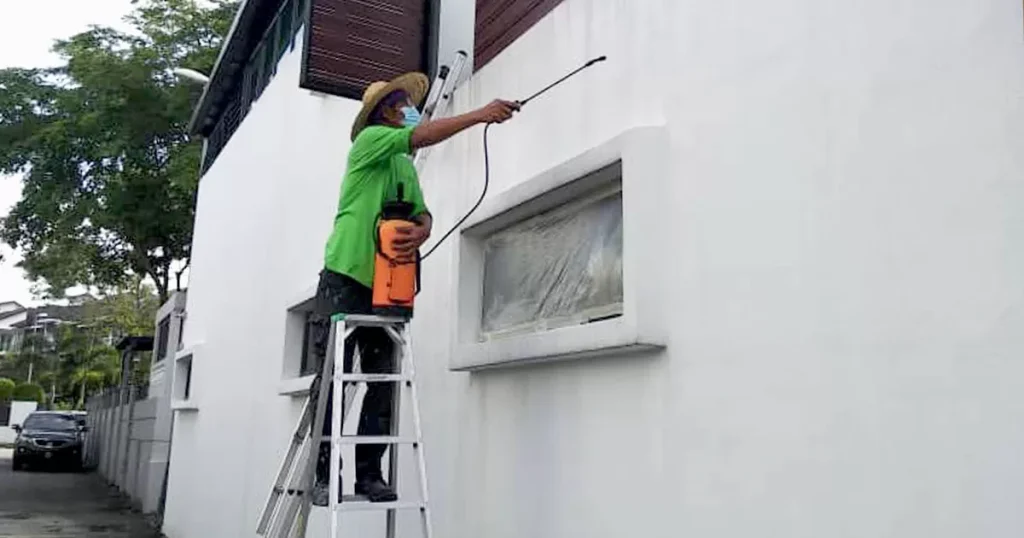
Exterior moisture control is the best approach to water management because water enters the house through the outside walls of a basement. Exterior waterproofing entails applying barriers and draining structures to prevent water from coming into contact with the foundation.
Exterior Excavation
It involves excavating around the foundation and slapping a waterproofing membrane to the exterior walls. It is a time-consuming and expensive technique, but it solves water seepage issues in the long run.
French Drains
Laying down a French drain system around the edge of the foundation is also effective in preventing water from getting closer to the house. It involves digging a trench to a required depth, linking it with a perforated pipe, and covering it with gravel to allow water to pass through.
Gutter Extensions
Downspout extensions are laid some distance away from the home and ensure that water is channeled far from the foundation walls.
Grading
It is crucial to ensure that the ground slants away from the house since any water will assist in pooling around the structure. It means trying to introduce soil in a way that creates a slope to the structure’s foundation.
Window Well Covers
Shielding basement window wells using lids helps to keep water from stagnating and infiltrating the basement through the windows. Select covers that let in light but do not admit water.
Interior Waterproofing Techniques

Basement waterproofing techniques that focus on the inside deal with moisture problems originating from within the basement. These techniques are used together with exterior solutions to offer encirclement protection.
Sealants and Epoxy Injections
In waterproofing basement walls and floors, some sealants are applied to deny the penetration of water through the bracks and other porous areas. Even bigger cracks can also be repaired through the injection of epoxy, and it can easily form a rather strong bond on the outer surface.
Interior Drainage Systems
This process entails placing a pipe with holes made through the entire width of the basement, preferably along the walls. This pipe collects water and transfers it to the sump pump, where it is pumped out of the basement.
Sump Pumps
Sump pumps are useful additions to any interior drainage system. They take water from the drainage system and expel or throw it out of the house, chiefly from the basement. Simple maintenance should, however, be done regularly to ensure the pump is in its best state.
Vapor Barriers
Properly fixing a vapor barrier on all the accessible sides of a basement will help eradicate moisture in the living area. It is even more advantageous in basements used for storage since the climate in the nearby areas is rather humid.
Dehumidifiers
Controlling the humidity level and avoiding condensation is necessary. If necessary, a dehumidifier should be placed in the basement. It is an efficient way of avoiding mold formation and keeping the surroundings dry.
Regular Maintenance and Inspection
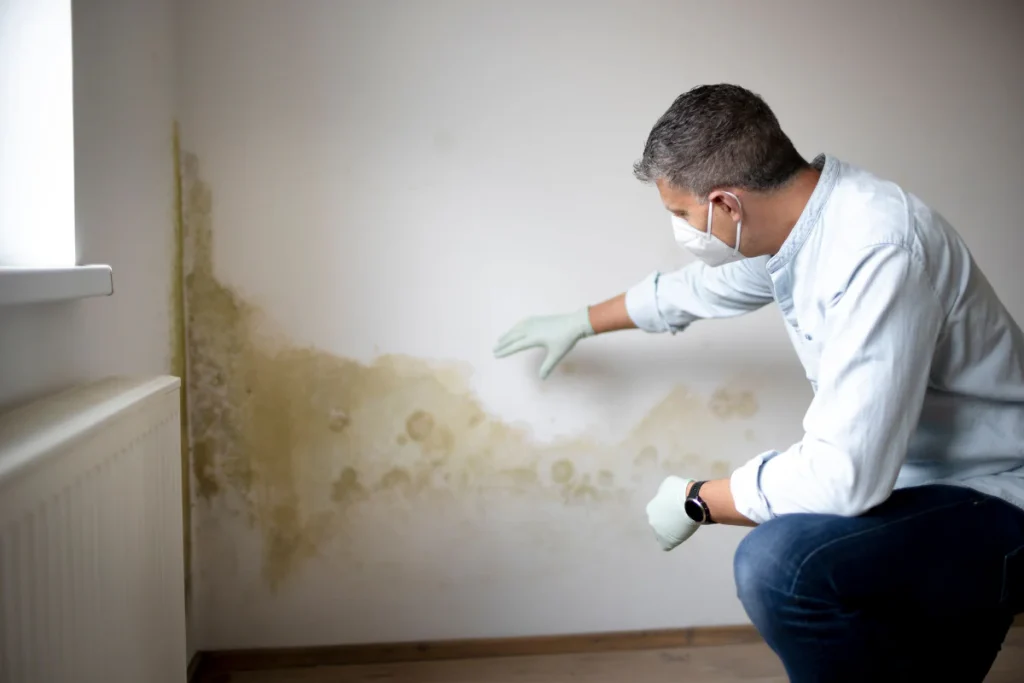
The basement should be checked frequently and taken care of to ensure its proper waterproofing function. Staying positive enables you to tackle many issues when they are still small and have not turned into huge ones.
Inspect Gutters and Downspouts
The exterior elements of the home, like gutters and downspouts, should be scanned regularly for indications of issues, such as blocked gutters.
Monitor Foundation Cracks
Signs such as splits on the walls and the floor, the wall which formed the structure of the house should also be checked.
Check the Sump Pump Functionality
There is a need to nurture your sump pump regularly to ensure that it is working as it is supposed to.
Maintain Window Wells
Clean the window well opening areas, particularly those that have collected dirt, and ensure that the window well covers are operational.
Additional Tip: If you are also having problems with garage door repair, fixing these problems can also improve the safety and convenience of your home’s overall structure. The garage is the main part of the home, and its durability ensures the whole house’s durability. Thus, the focus should also be made on garage door repair.
Conclusion
For a home to remain free from moisture and sage from basement inundation, then it is necessary to learn the different techniques that will guarantee you a dry basement. If the causes and effects of moisture are known ways have been applied both outside and inside the building, and thorough maintenance is done, then, likely, the basement need not suffer water damage. It improves the value of your home and offers extra living space that can be used with confidence. As you adjust the techniques we have discussed above, you can ensure your basement remains dry, healthy, and an essential part of the home in the future.





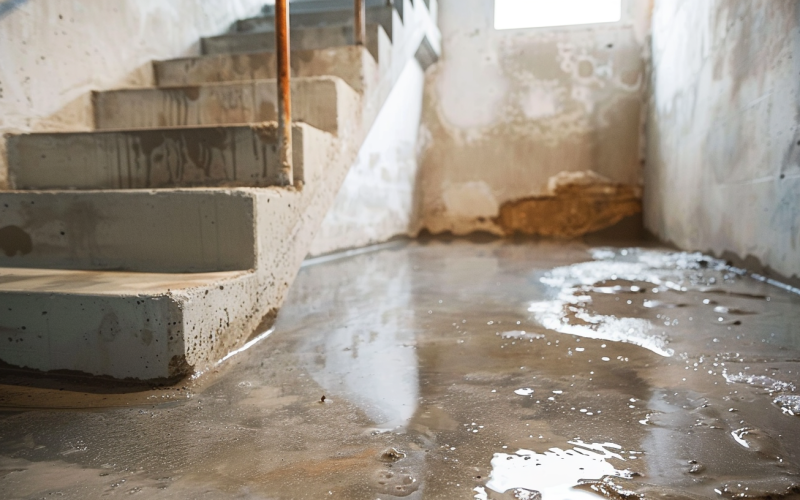

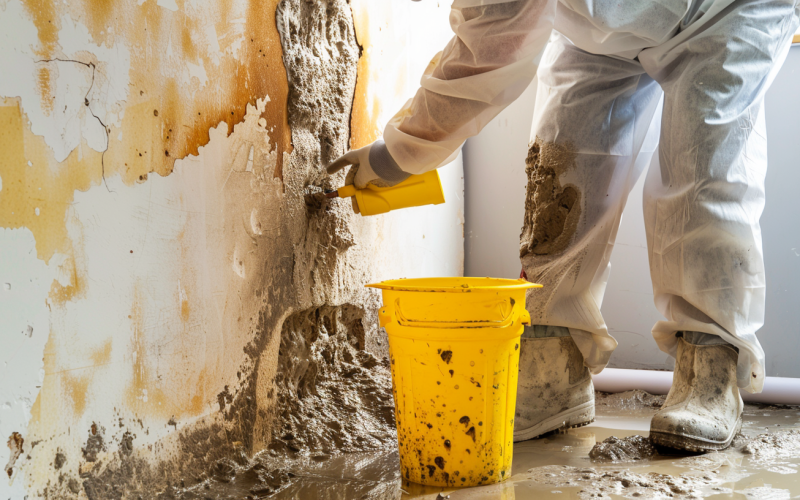
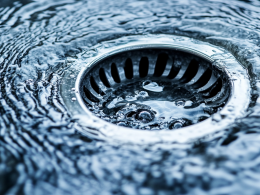


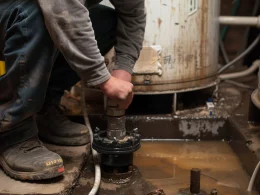
Comments 1